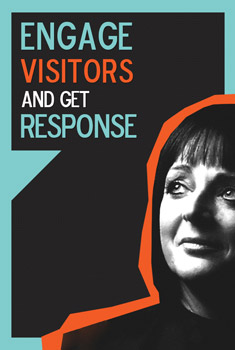Web sites in the nude. We recommend it.

Often people come to us with a folder of designs and content. They've been to a graphic designer and they have a 'design'.
As we've often said, if the first thing a web designer offers you is a creative treatment then you have a problem.
In a crowded market (and none are more crowded than the internet) it's essential to develop your website in a 'strategic' way. I loathe clichés too, but in this case it's true. Research first, then strategy followed by structure and THEN (and only then) creative. Also remember that 'creative' is not about award winning graphics. It's about engaging the audience and getting them to act.
If as much time was spent on Call For Action as is spent on needless moving graphics then more websites would yield a ROI.
Websites stripped bare
A great way to progress in a 'strategic' way is to create a wireframe of the site. This is the site 'in the nude' with no creative treatment in place.
You can start this in an analogue way, with a pen and paper.
Time should be spent refining the user experience and figuring out the Call For Action points (what you want visitors to do) before the emotional and subjective part of the process has the project skewing off strategy.
By following this process, the value of the user experience is greatly enhanced, and the relative worthlessness of 'wow factor' graphics and features is easily demonstrated.
Website wireframe defined
Wikipedia
A website wireframe (also "web wire frame", "web wireframe", "web wireframing") is a basic visual guide used in web design to suggest the layout of fundamental elements in the interface. Because of this they are often completed before any artwork is developed. When completed correctly they will provide a visual reference upon which to structure each page. Wireframes also allow for the development of variations of a layout to maintain design consistency throughout the site. This is an important part of the initial development stage because it creates user expectations and helps to develop an awareness of and familiarity with the site.









 Thu, July 3, 2014 at 04:17PM
Thu, July 3, 2014 at 04:17PM